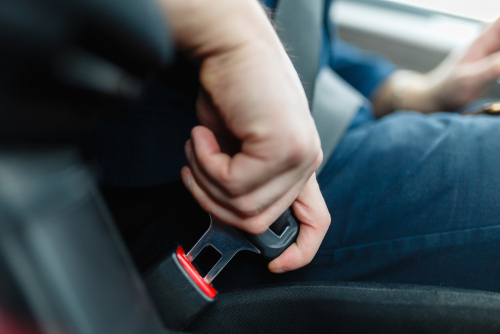
The estimated difference in female fatality risk compared to male fatality risk is significantly reduced in newer vehicles, according to a recent National Highway Traffic Safety Administration (NHTSA) report.
According to the report, Female Crash Fatality Risk Relative to Males for Similar Physical Impacts, the disparity is smaller starting with model year 2000. The report examines female fatality risk relative to male fatality risk in crashes with similar physical impacts. It updates a 2013 NHTSA study.
For vehicles in model years 2010 to 2020, the overall gap drops from 18 percent to 6.3 percent, and for model years 2015 to 2020, it falls to 2.9 percent.
The declines have been attributed to safety features, such as seat belts and airbags, as well as strengthened Federal Motor Vehicle Safety Standards and educational campaigns promoting seat belt use.
In crashes involving model years 1960 to 2009, fewer than a third of occupants wore seat belts. For model years 2010 to 2020, nearly 83 percent of occupants wore seat belts.
“While NHTSA’s new report shows significant declines in differences in crash outcomes between women and men, there is more work required to eliminate any disparities that remain,” Dr. Steven Cliff, NHTSA administrator, said.